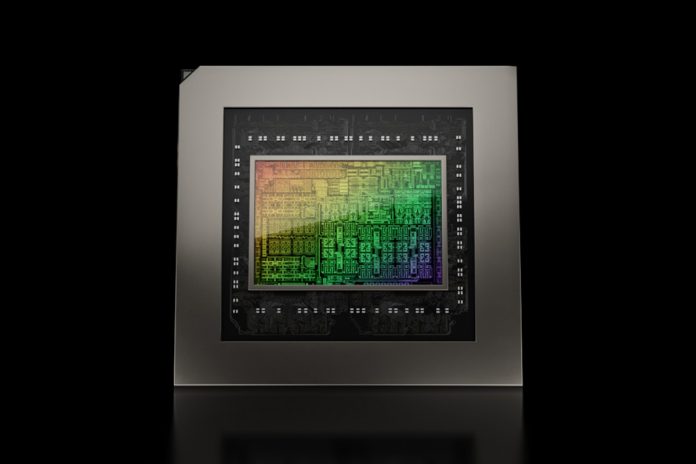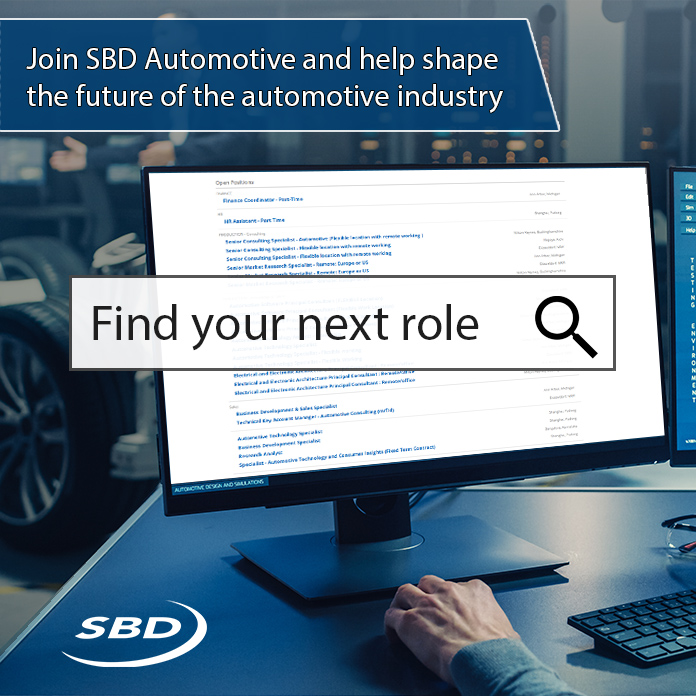Nvidia has announced a series of new collaborations with OEMs and suppliers, including many popular Chinese automakers, focused on its Nvidia Drive Thor compute platform. Through it, these companies will utilize the platform to power next-generation consumer and commercial fleets – from new energy vehicles and trucks to robotaxis, self-driving buses, and last-mile autonomous delivery vehicles.
Drive Thor is designed for generative AI applications, delivering both feature-rich cockpit capabilities and safe and secure highly automated and autonomous driving on a centralized platform. The AV platform will integrate Nvidia’s new Blackwell architecture, which itself is designed for transformer, LLM and generative AI workloads. Slated for fitment production vehicles in 2025, Drive Thor features a generative AI engine while offering 1,000 teraflops of performance to help ensure safe and secure autonomous machines.
At its GTC 2024 conference, Nvidia detailed how various companies are implementing Drive Thor into their operations. BYD, for example, is building its next-generation EV fleets on Drive Thor, while also planning to use Nvidia’s AI infrastructure for cloud-based AI development and training technologies, along with the Nvidia Isaac and Nvidia Omniverse platforms to develop tools and applications for virtual factory planning and retail configurators.
Hyper, a premium luxury brand owned by GAC AION, announced it has selected Drive Thor for its next-generation EVs, which will begin production in 2025 with Level 4 driving capabilities. The brand is currently using Nvidia Drive Orin to power its flagship model Hyper GT, which features advanced L2+ driving capabilities. Xpeng has also announced it will use the Nvidia Drive Thor platform as the AI brain of its next-generation EV fleets. This next-gen car computer will power the EV maker’s proprietary XNGP AI-assisted driving system, enabling autonomous driving and parking capabilities, driver and passenger monitoring and other functionalities.
Beyond passenger vehicles, Drive Thor caters to the diverse needs of other segments where high-performance compute and AI are essential for ensuring safe, secure driving operations, including trucking, robotaxis, goods delivery vehicles and more. Partnerships in these areas announced at GTC included Nuro, a developer of L4 autonomous driving technology for commercial and consumer vehicles, who selected Drive Thor to power the Nuro Driver, an integrated autonomous driving system consisting of Nuro’s proprietary AI-first software, and sensors paired with NVIDIA automotive-grade compute and networking hardware. The system will begin testing later in 2024.
Plus, a global provider of autonomous driving software solutions, announced that future generations of its L4 solution, SuperDrive, will run on Drive Thor. The provider will leverage the compute performance of the platform within its autonomous driving system to understand the world around the truck and make safe driving decisions. Waabi, which is building AI for self-driving, is using Drive Thor to deliver a generative AI-powered autonomous trucking solution to market. The company plans to integrate Drive Thor into its Waabi Driver to power safe and reliable autonomous trucks at scale. WeRide, in cooperation with its Tier-1 partner Lenovo Vehicle Computing, is creating several L4 autonomous driving solutions for commercial applications built on Drive Thor. Integrated within Lenovo’s first autonomous driving domain controller AD1, this solution will be used for a wide range of urban-centered use cases, where functional safety, redundant safety design, fusion and scalability are a must.














